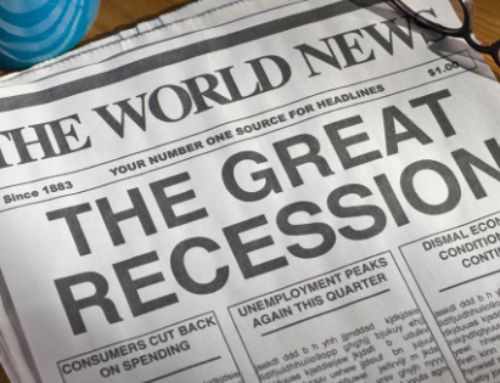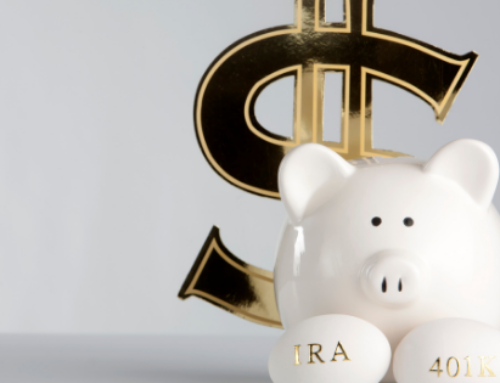
The start of the holiday shopping season can provide important clues about the economy’s state and, more importantly, overall consumer confidence. So far, the results have been a “mixed bag” with empty malls and busy websites.
Sales in November and December account for 20 percent of annual retail sales, but that number can be higher for some retailers. Holiday sales also tend to be more profitable since the increased activity comes without having to boost the fixed costs of doing business.1
It should come as no surprise to hear that consumers avoided in-store visits over the Thanksgiving weekend. Spending dropped 22 percent from last year’s levels.2
But the numbers look much better when a longer timeframe is considered. Spending prior to the Thanksgiving-to-Sunday period surged 66 percent from a year earlier, in part thanks to large retailers introducing Black Friday-like deals as early as mid-October.2
As you might have guessed, the pandemic has led to an acceleration in shopping online. Cyber Monday sales jumped 15 percent over last year’s levels as consumers spent almost $11 billion, making it the largest U.S. online shopping day ever.3
Holiday shopping can provide some key insights, but it’s important to know what forecast was expected and what comes as a surprise. If you see a holiday trend emerging, please give a call. We’d welcome the chance to hear your thoughts and see how it compares to what we’ve been seeing.
Give us a call at our Charlotte office at (704) 248-8549, or our Clemmons office at (336) 391-3409. Or, click here to request a no-cost, no-obligation meeting.
SOURCES:
- National Retail Federation, 2020
- CNBC.com, November 30, 2020
- CNBC.com, December 1, 2020
- Copyright FMG Suite 2020







